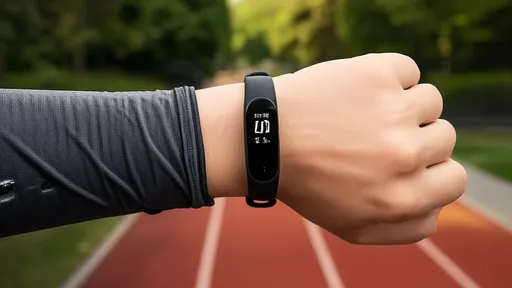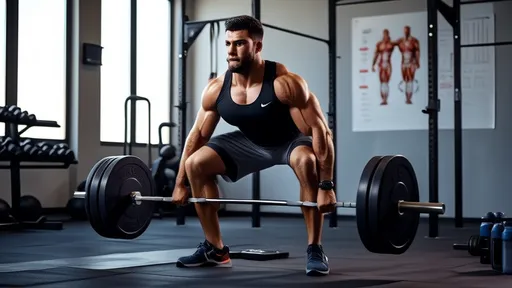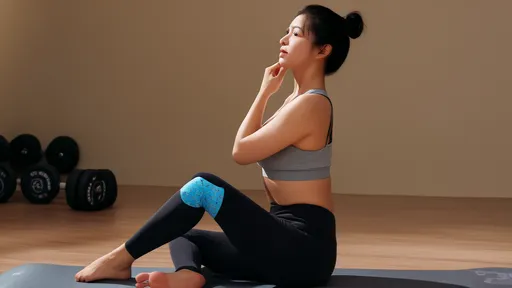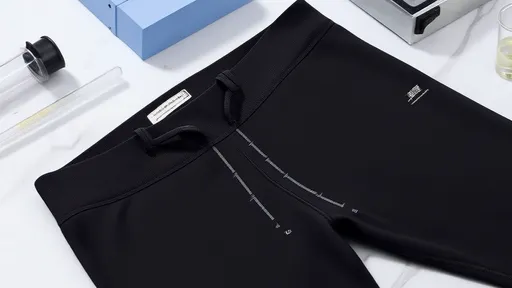Testosterone is the cornerstone of male physiology, influencing everything from muscle growth and recovery to mood regulation and cognitive function. Yet most men navigate their fitness journeys without considering how their training, sleep, and nutrition habits directly impact this critical hormone. The interplay between these three pillars creates either a virtuous cycle of hormonal optimization or a downward spiral of suppressed testosterone levels—often without them even realizing it.
Modern fitness culture obsesses over rep schemes and macro splits while glossing over the foundational elements that dictate whether those efforts yield results. You can squat twice your bodyweight or hit protein targets religiously, but without addressing the hormonal context, progress plateaus. The training-sleep-nutrition triangle isn’t just about supporting testosterone; it’s about leveraging it as the ultimate performance-enhancing drug your body produces naturally.
The Anabolic Amplifier: How Training Dictates Testosterone Output
Not all workouts are created equal when it comes to stimulating testosterone production. Chronic cardio addicts and those glued to machines are leaving hormonal gains on the table. Compound lifts—squats, deadlifts, weighted dips—trigger a robust endocrine response, but only when programmed with intentionality. The sweet spot lies in moderate volume with heavy loads, typically in the 85-95% of 1RM range for multi-joint movements. This creates mechanical tension and metabolic stress without crossing into cortisol-spiking overtraining territory.
Research reveals an interesting paradox: while acute exercise boosts testosterone, chronic overtraining crushes it. Those grinding through two-a-days with insufficient recovery often experience depressed levels despite their effort. This explains why some athletes see better results when reducing training frequency. The body interprets relentless stress—physical or psychological—as a threat, downregulating anabolic hormones as a survival mechanism. Periodization isn’t just for strength gains; it’s hormonal insurance.
Sleep: The Unseen Steroid
Elite lifters obsess over sleep with the same intensity as their bench press numbers—and for good reason. Testosterone production follows a circadian rhythm, peaking during REM cycles. Skimp on quality sleep, and you’re essentially robbing your endocrine system. Studies show that restricting sleep to five hours for just one week slashes testosterone by 10-15% in healthy young men. That’s equivalent to aging a decade hormonally.
The relationship between sleep architecture and testosterone is bidirectional. Deep sleep stages stimulate growth hormone release, which synergizes with testosterone for tissue repair. Meanwhile, disrupted sleep elevates cortisol, creating a catabolic environment. It’s not just about duration; sleep quality matters equally. Blue light exposure before bed, alcohol consumption, and erratic sleep schedules all fragment sleep architecture, subtly eroding hormonal health over time.
Nutritional Leverage: Beyond Macros and Calories
Conventional diet advice fails men chasing hormonal optimization. A gram of protein per pound of bodyweight means little if micronutrient deficiencies sabotage endocrine function. Zinc and magnesium—frequently depleted in athletes—are cofactors for testosterone synthesis. Vitamin D acts as a steroid hormone precursor, with studies showing supplementation can increase testosterone in deficient individuals by up to 30%.
Dietary fats often get demonified, yet they’re the building blocks for steroid hormones. Men consuming very low-fat diets frequently experience suppressed testosterone, sometimes by as much as 20%. But not all fats are equal. Monounsaturated fats from olive oil and avocados support healthy cholesterol levels—the precursor for testosterone—while excessive omega-6s from processed foods promote inflammation that disrupts hormonal signaling. Even meal timing plays a role; intermittent fasting shows promise for some, but extended fasts can backfire by elevating cortisol in stress-sensitive individuals.
The Synergistic Effect
These three pillars don’t operate in isolation. A brutal leg day amplifies testosterone temporarily, but without adequate sleep and nutrients, that spike doesn’t translate to lasting adaptation. Similarly, perfect nutrition can’t compensate for chronic sleep deprivation’s hormonal toll. The magic happens when all elements align—heavy resistance training provides the stimulus, quality sleep enables recovery, and targeted nutrition supplies the raw materials for hormone production.
Practical application beats theoretical perfection. Start by fixing the weakest link in your triangle. If you’re sleeping five hours nightly, no supplement will compensate. If your diet lacks essential nutrients, extra gym time becomes counterproductive. Small, consistent wins across all three domains compound into dramatic differences in testosterone levels—and consequently, strength gains, body composition, and overall vitality.
Hormonal optimization isn’t about extreme measures; it’s about removing obstacles that prevent your body from functioning as designed. The training-sleep-nutrition triangle offers a blueprint—not just for better testosterone levels, but for sustainable performance that doesn’t require sacrificing long-term health for short-term gains.

By /Jul 18, 2025

By /Jul 18, 2025

By /Jul 18, 2025

By /Jul 18, 2025

By /Jul 18, 2025

By /Jul 18, 2025

By /Jul 18, 2025

By /Jul 18, 2025

By /Jul 18, 2025

By /Jul 18, 2025

By /Jul 18, 2025

By /Jul 18, 2025

By /Jul 18, 2025

By /Jul 18, 2025

By /Jul 18, 2025

By /Jul 18, 2025

By /Jul 18, 2025

By /Jul 18, 2025